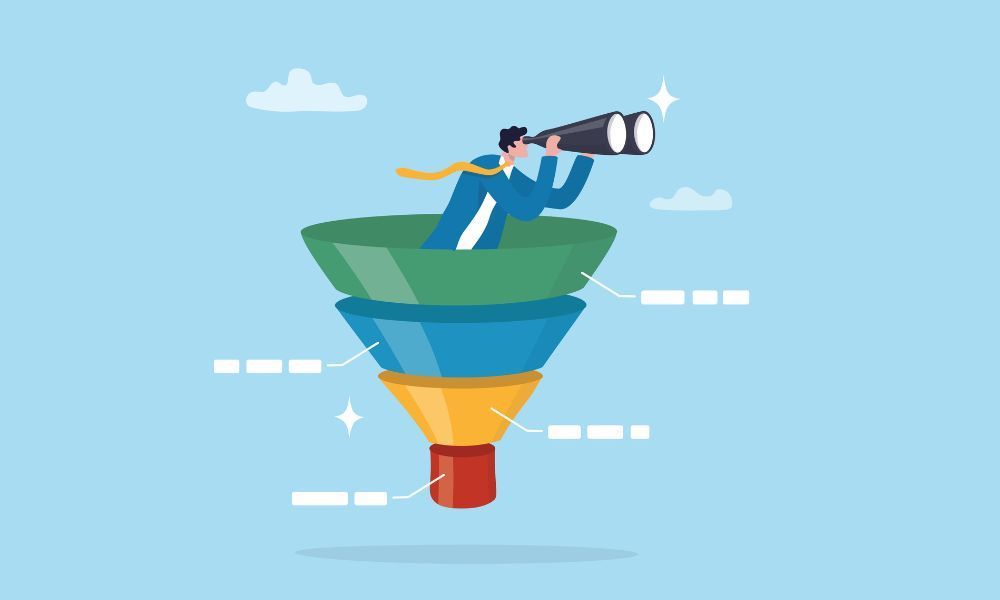Top 5 Mistakes Companies Make with MarTech Stacks—and How to Avoid Them
Did you know the average enterprise uses over 120 marketing tools, yet customer satisfaction scores remain stagnant? A mid-sized business recently shared their story: despite investing heavily in the latest MarTech, their customer experience suffered, with fragmented messaging and slow responses. Their problem? Over-complication.
Current State of MarTech
The MarTech landscape has exploded—from basic email platforms to ecosystems packed with tools promising efficiency and engagement. Spending on MarTech grows annually by double digits, yet many companies find themselves trapped in a paradox: more tools often result in worse customer experiences. Marketing leaders, facing constant pressure to adopt the latest innovations, often lose sight of their ultimate goal—delighting customers.
The Cost of Complexity
- Financial Costs: Redundant tools, unused licenses, and sky-high integration expenses.
- Operational Inefficiency: Teams bogged down in managing tools instead of engaging with customers.
- Customer Impact: Fragmented, inconsistent experiences and slower responses.
- Employee Burnout: Navigating complex tech stacks drains energy and morale.
The Case for Simplification
Research shows companies with streamlined MarTech stacks consistently outperform peers, achieving higher ROI, better customer experiences, and more engaged teams. Enter the concept of strategic minimalism: optimizing your MarTech ecosystem by prioritizing tools that directly enhance customer experience and operational efficiency.
This article will dive into the five most critical MarTech mistakes, offering actionable strategies to streamline your stack, reduce costs, and improve ROI.

Mistake #1: Adopting Technology Without a Clear Strategy
The Problem
“Shiny object syndrome” is rampant in the MarTech world. Marketing leaders are often enticed by the latest tools boasting cutting-edge features, but these purchases are made without aligning with a clear strategy. This reactive approach results in a bloated stack that lacks focus and coherence.
Without a strategy, businesses often find themselves overwhelmed by disconnected tools, each pulling them in a different direction, diluting the customer experience rather than enhancing it.
Solution: A Customer-Centric Roadmap
To avoid this pitfall, organizations must start with a strategy that places customer needs at the center.
- Define Goals: What specific outcomes are you trying to achieve? Is it improving personalization, reducing response times, or enhancing analytics capabilities?
- Assess Current Gaps: Before adding to the stack, identify existing weaknesses in the customer journey.
- Create a Roadmap: Build a phased approach for adopting and implementing tools, ensuring each aligns with customer and business goals.
Action Steps:
- Conduct stakeholder workshops to align on customer experience priorities.
- Use data to identify areas where technology can have the most impact.
- Develop a roadmap that connects MarTech investments to measurable outcomes.
Mistake #2: Poor Integration Between Systems
The Problem
Disconnected systems create silos, making it difficult to unify customer data and deliver consistent experiences. For example, if your email marketing platform doesn’t talk to your CRM or analytics tools, you miss opportunities for personalization and fail to understand the full customer journey.
This lack of integration not only frustrates customers but also makes internal processes inefficient. Marketing teams spend more time manually transferring data than analyzing it for actionable insights.
Solution: Build an Integrated Ecosystem
Integration should be a priority when selecting and optimizing tools. A well-connected stack ensures a single source of truth for customer data and seamless workflows for marketing teams.
- Choose Tools with Open APIs: Ensure new technologies can communicate effectively with your existing systems.
- Centralize Data: Implement a Customer Data Platform (CDP) to unify customer profiles across all touchpoints.
- Focus on Automation: Automate workflows to reduce manual processes and improve efficiency.
Action Steps:
- Audit your current stack to identify integration gaps.
- Create a data flow map to understand how information moves between systems.
- Partner with IT or hire a MarTech specialist to ensure proper implementation of integrations.
Mistake #3: Underutilizing Existing Tools
The Problem
Tool bloat is a common issue in MarTech stacks. Many companies pay for expensive platforms but only use a fraction of their capabilities. This not only wastes money but also prevents teams from fully leveraging the tools at their disposal to enhance customer experience.
A study revealed that most businesses only utilize about 60% of the features available in their MarTech platforms. This means opportunities for personalization, automation, and advanced analytics are left untapped.
Solution: Conduct Regular MarTech Audits
By auditing your MarTech stack, you can identify underutilized tools and determine whether to optimize, consolidate, or replace them.
- Focus on ROI: Evaluate whether each tool delivers measurable value.
- Provide Training: Ensure teams understand how to use the tools effectively.
- Consolidate Overlaps: Replace multiple tools with a single platform that covers the same functions.
Action Steps:
- Schedule quarterly reviews to assess tool usage and ROI.
- Decommission redundant tools and reinvest the budget into training or higher-impact technology.
- Develop internal resources, such as a knowledge base, to help teams maximize usage.
Mistake #4: Insufficient Focus on Team Training
The Problem
Even the most advanced MarTech stack can’t succeed without skilled users. Poor training leads to inefficiencies, frustration, and low adoption rates. When teams don’t know how to fully utilize tools, it often results in inconsistent execution, negatively impacting the customer experience.
Solution: Create a Continuous Learning Culture
Invest in ongoing education to empower your team to use MarTech effectively. Beyond initial training, provide continuous learning opportunities to ensure employees stay up-to-date on tool capabilities and industry trends.
- Develop Champions: Identify power users who can mentor others and provide on-demand support.
- Incorporate Training into Onboarding: Make MarTech training a core part of new employee onboarding.
- Leverage Vendor Resources: Many platforms offer free training, certifications, and webinars—use these to your advantage.
Action Steps:
- Allocate a portion of your MarTech budget for training and development.
- Conduct regular skill assessments to identify gaps.
- Host monthly workshops to share updates and best practices.
Mistake #5: Prioritizing Features Over Customer Needs
The Problem
It’s easy to get caught up in the allure of feature-packed tools. However, this "feature-first" mindset often leads to decisions that don’t serve the customer. Features may sound impressive on paper, but if they don’t address a specific customer need, they become distractions.
Solution: Use Customer Journey Mapping
Customer journey mapping helps you identify friction points and prioritize technologies that address real challenges. By focusing on how tools can improve specific touchpoints, you’ll ensure every investment enhances the customer experience.
- Start with the Customer: Understand pain points in your current journey.
- Match Features to Needs: Evaluate whether a tool’s features align with solving customer challenges.
- Validate Decisions with Data: Use metrics like Net Promoter Score (NPS) or Customer Effort Score (CES) to measure improvement.
Action Steps:
- Map your customer journey from start to finish, highlighting areas of improvement.
- Align technology evaluations with the customer’s perspective.
- Regularly revisit your journey map to adjust to evolving customer expectations.
Moving Forward: Creating a Simplified MarTech Strategy
Framework for Simplification
To simplify your stack:
- Evaluate Current Tools: Identify which tools deliver value and which don’t.
- Streamline: Consolidate overlapping tools and eliminate redundancies.
- Prioritize Integration: Focus on building a connected ecosystem.
Steps for Strategic Consolidation
- Define clear goals for your MarTech ecosystem.
- Rank tools based on impact, usability, and ROI.
- Replace or decommission low-performing tools.
Maintaining Simplicity as You Scale
- Reassess your stack quarterly.
- Resist the urge to chase trends—prioritize tools that align with your roadmap.
- Create a governance framework to ensure technology decisions remain strategic.
Measuring Impact on Customer Experience
- Use KPIs like customer satisfaction, response times, and operational efficiency to monitor improvements after simplification.
MarTech complexity can hinder more than it helps—but it doesn’t have to. By avoiding these five common mistakes and embracing a streamlined, customer-focused strategy, you can transform your stack into a powerful driver of efficiency and satisfaction.
Author: William Flaiz










